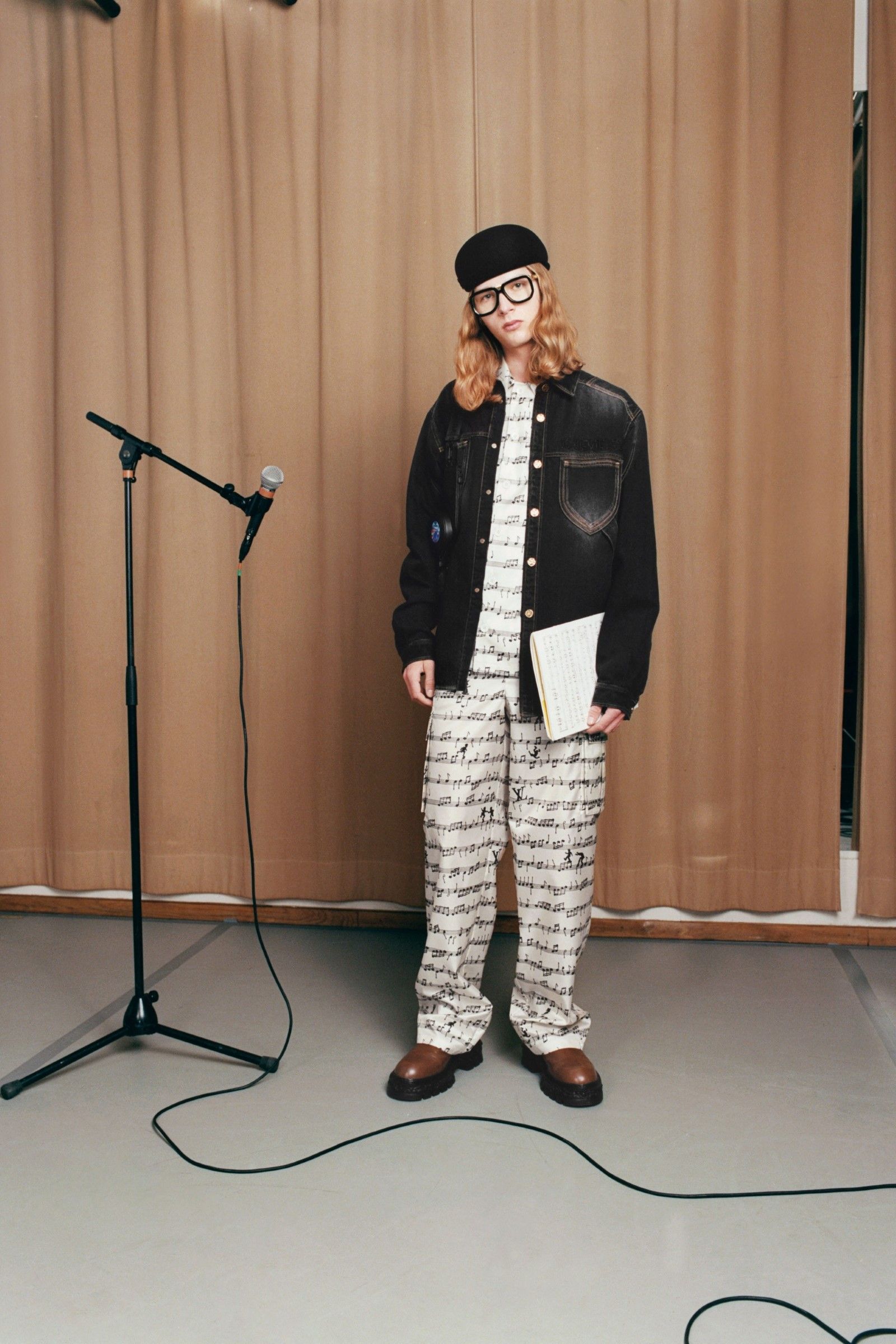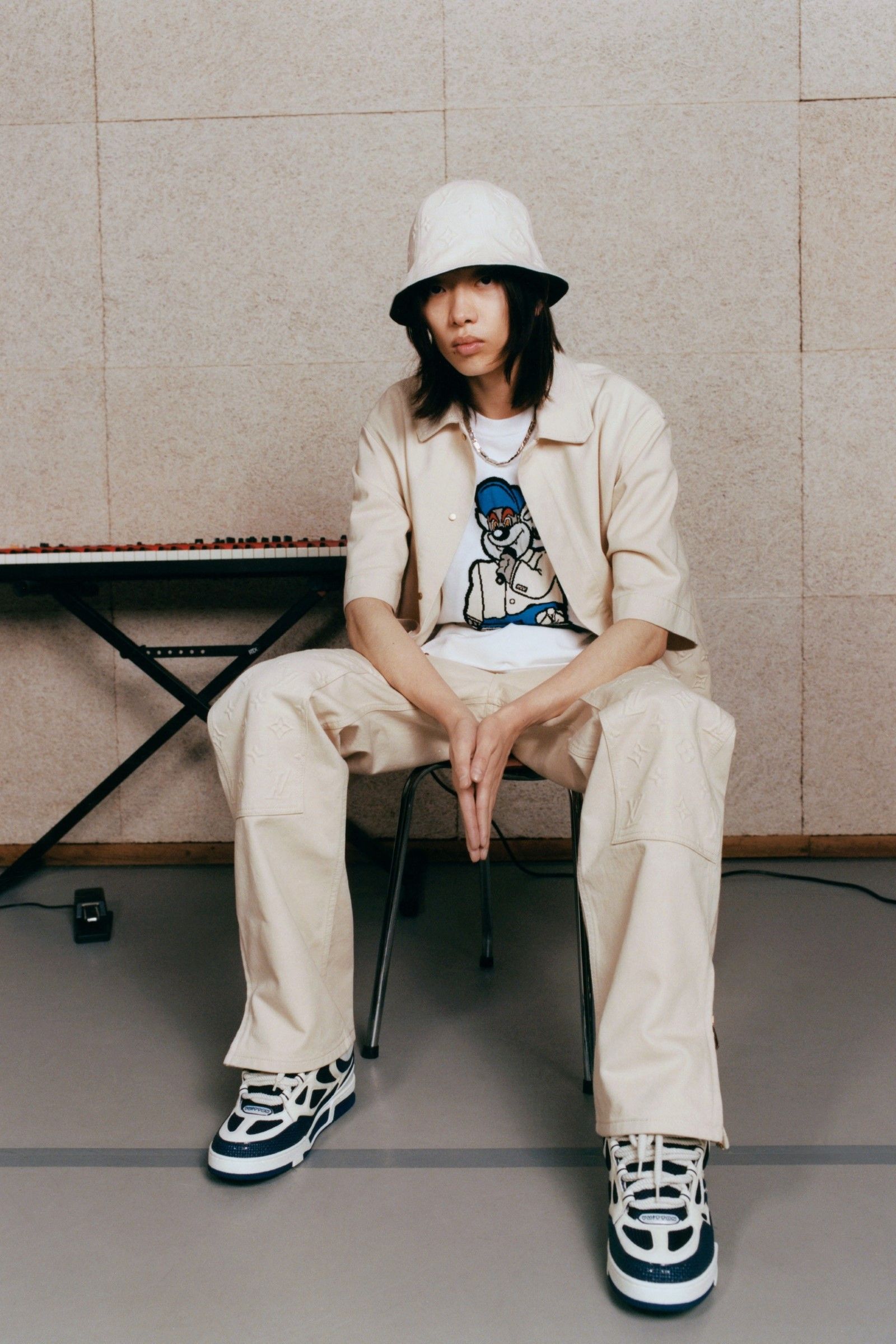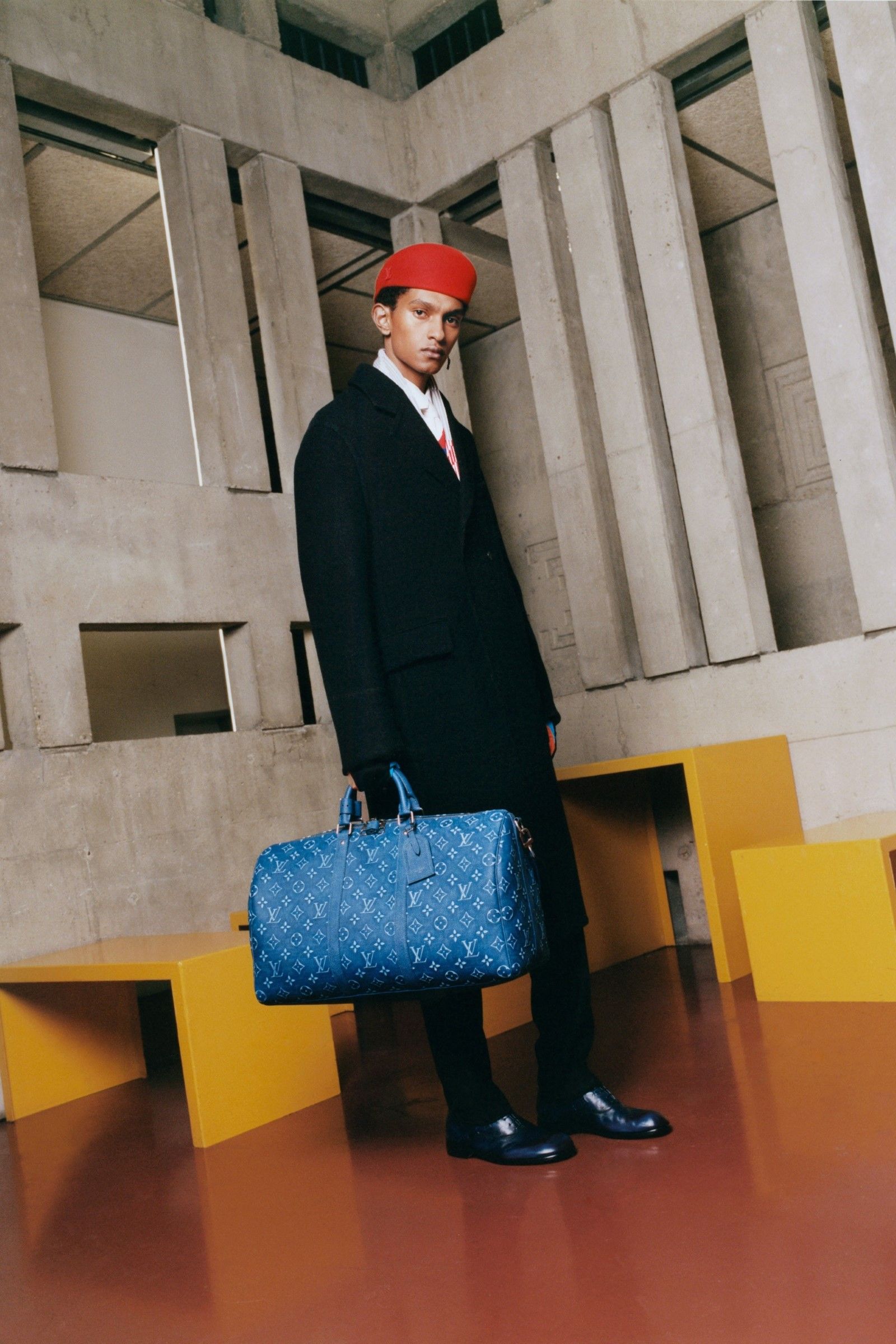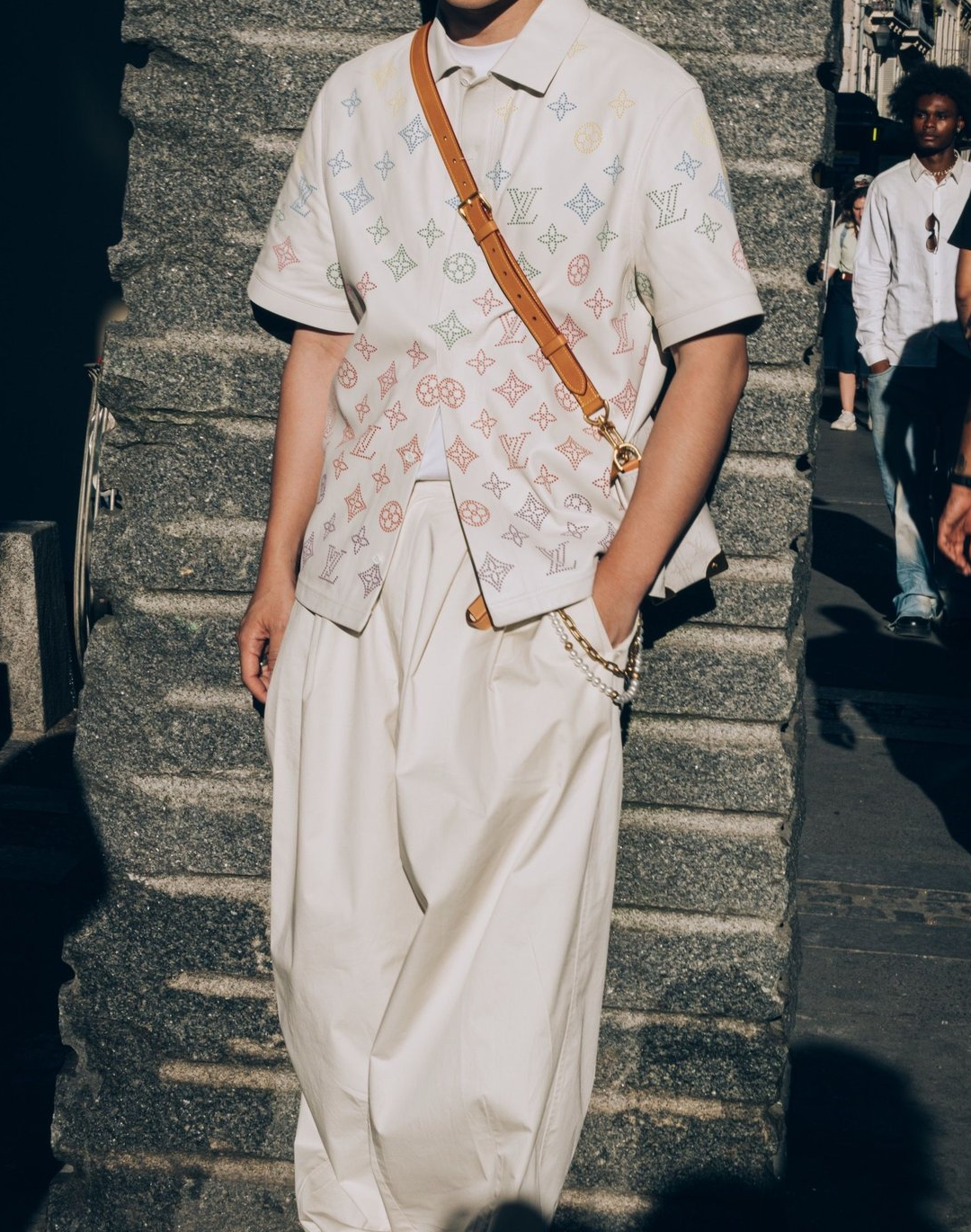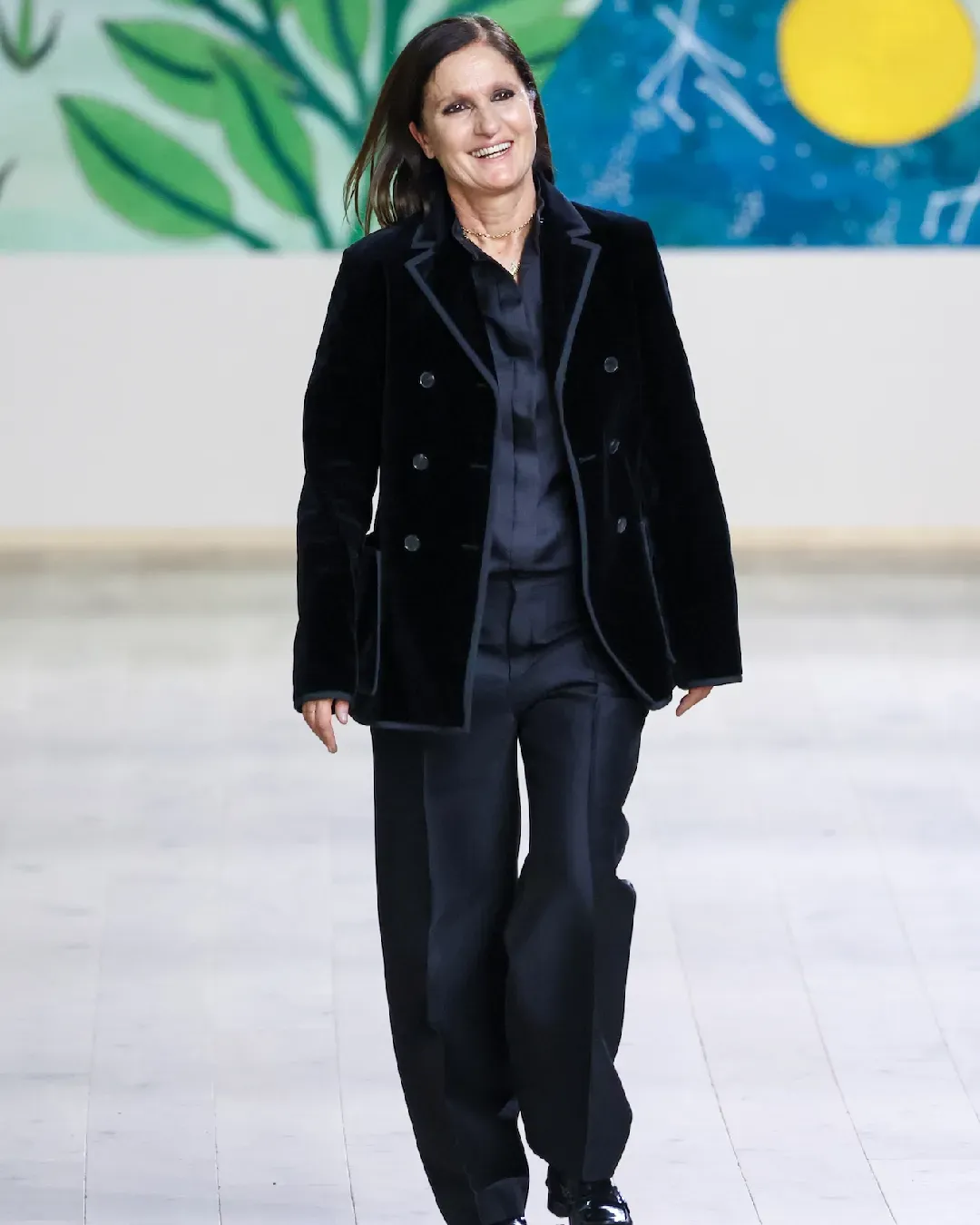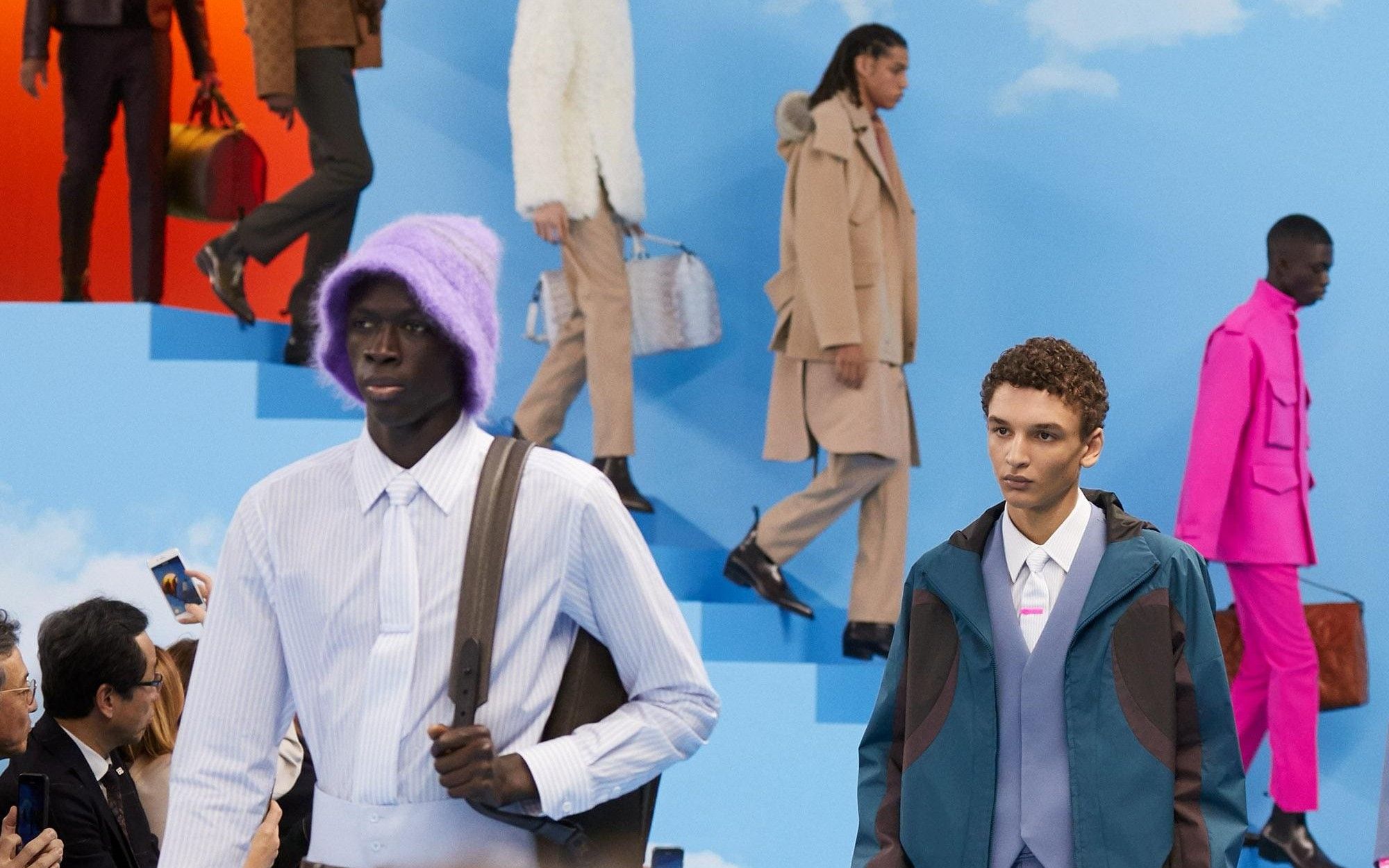
Louis Vuitton and the absence of the creative director Following the spin-off show in Bangkok, the brand's SS23 collection will be signed by the design team
Is there life after Virgil Abloh? As the fashion world tries to fill the gargantuan void left behind by the brilliant and prolific designer, one of the creatives who has perhaps most changed the way we understand and narrate fashion, the brands and projects the creative director left behind are reckoning with the future. If Ibrahim Kamara and Shannon Abloh have been named as Virgil's unofficial successors by Off-White™ and Virgil Abloh Securities, respectively, a corporation that will carry on the designer's artistic legacy - the void Virgil had left at Louis Vuitton seemed unbridgeable. And the brand has handled the creative director's passing with great respect, chronicling his last projects and organizing, as a kind of final tribute, a spin-off show in Bangkok where the last nine looks bearing his signature will be on the runway. At the same time as the news of the Bangkok show, the brand also announced that the SS23 collection to be shown in Paris at the end of June will be designed collectively by the brand's design team.
It is unclear whether the absence of a creative director is momentary, as happened to Dior and Lanvin in 2016, or whether instead there is a desire on Louis Vuitton's part to experiment with an interesting format such as "collective" and unnamed creative direction. We use the verb "experiment" because the presence of a design team signing collections in the absence of an actual creative director is something common for more indie and experimental brands and not commercial titans like Louis Vuitton. Surely the most famous case of a brand being directed as a collective is Maison Margiela, which from 2009 to 2014 had no real creative director in homage to the philosophy of anonymity that the founder had pursued throughout his career. Even Ann Demeulemeester, after the acquisition of Claudio Antonioli under the good auspices of the eponymous founder, still present in the life of the brand, does not have a specific creative director but works with a design team. Another case of a brand without a creative director, and perhaps the closest to Louis Vuitton on this list, is Bally, which until the recent appointment of Rhuigi Villaseñor had produced collections collectively for five years. Which goes to show that without a creative director one lives - indeed, custom teaches that "safe" collections produced by a design team also tend to perform better commercially precisely because they are less aesthetically directed and therefore more approachable.
We are therefore in a moment of transition for Louis Vuitton. While for the women's collections Nicholas Ghesquière reaps successes, the question of menswear remains thorny. Virgil Abloh was the designer who had made Louis Vuitton's menswear something extremely artistic and pop at the same time, who had created a series of recognizable pieces and who, perhaps more than Marc Jacobs and Kim Jones, left an accomplished heritage for the menswear of a brand that, let us remember, until 1997 did not produce ready-to-wear and therefore did not possess the same historical archive as other fashion giants such as Gucci or Chanel. Whoever replaces him, in the future, will either have to do something very different but equally relevant or will have to continue on the path Virgil has set - but in any case will have to confront the titanic shadow of this predecessor. The fact of the matter is that, for this and probably for generations to come, Louis Vuitton's menswear aesthetic will remain dependent on the one conceived by Abloh and which now and for perhaps a few more seasons has been entrusted to the design team. After all, the idea of collaborative, free, open, and authorless creativity was integral to Virgil's vision - he symbolized this new kind of approach in mainstream culture. If the solution to the successor dilemma is to have a commercial fashion giant adopt the mindset of an experimental brand we may be on the verge of a new, quiet revolution for the industry.












































